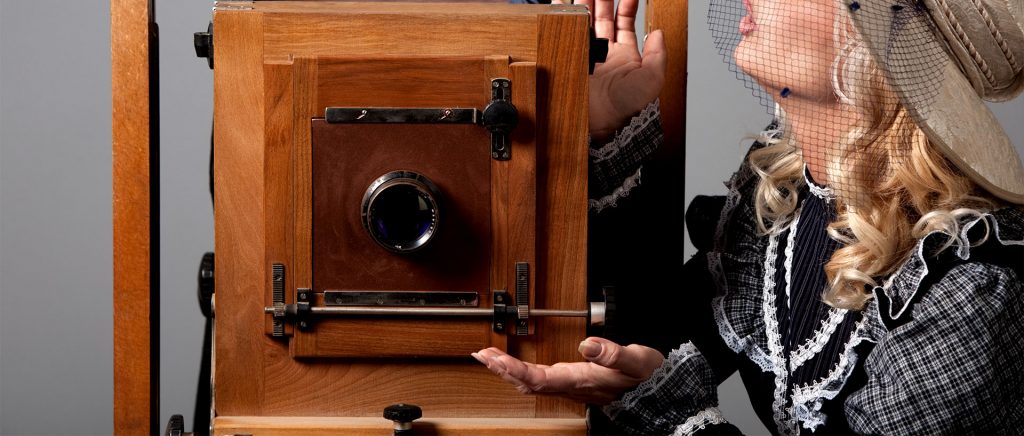The psychology and meaning of the color gray is a complex topic. Gray can be seen as a dull and lifeless color, or as a subtle and discreet tone that can add sophistication and depth to any design.
In the world of fashion, gray is often used to convey an air of neutrality or discretion.
And, in the world of interior design, gray can be used to create a sense of calm and relaxation. But what does it all mean from a color psychology point of view? Read on to find out.

Psychology of the color gray
The psychology of the color gray is an intriguing and complex topic that has sparked the interest of researchers and experts in the field of visual perception and human emotionality.
Although it is often associated with feelings of sadness, boredom or melancholy, the color gray is capable of evoking a wide range of emotional responses, both negative and positive, depending on multiple factors.
Numerous studies have shown that the color gray can have an impact on our mood and our emotions.
For example, it has been found that people exposed to predominantly gray images are more likely to express feelings of depression, anxiety, and despair.
Another study has revealed that the color gray can generate a sense of lesser happiness and greater stress in people.
These conclusions suggest a complex relationship between the color gray and emotional well-being, pointing out the importance of considering contexts and individual perceptions.
However, it is crucial to recognize that the meanings of the color gray are not always negative.
In certain cases, this color can be associated with positive emotions, such as tranquility and calm. The gray, in its subtlety and neutrality, can provide a relaxing and balanced environment in interior design, creating spaces that invite reflection and serenity.
Also, in the field of fashion, the symbolism of gray has become a symbol of elegance and sophistication, conveying an image of refinement and timeless style.
It is important to note that the emotional response to the color gray is highly individualized and is influenced by various factors, such as culture, personal experiences, and individual beliefs.
What may provoke sadness in one person may be comforting and serene for another. Therefore, it is essential to consider the subjectivity in the interpretation of color and understand that its emotional impact varies from one individual to another.
The psychological meanings of the color gray
- Sadness, depression, and loneliness.
- Neutrality and impartiality.
- Wisdom and knowledge.
- Calm and sincerity.
- Sophistication and elegance.
- Boredom or blandness.
- Death, mourning, and despair.
What does it mean in other cultures?
The psychology of the color gray can vary significantly from one culture to another, revealing the richness and diversity of interpretations surrounding this tone in different parts of the world.
While in Western culture gray is commonly associated with sadness, melancholy, and heaviness, in other cultures its meaning adopts different and surprising nuances.
In Japan, for example, gray is considered a color of calm and contemplation. It is appreciated in many traditional Japanese paintings and is often associated with wisdom and intellect.
Gray is used to evoke a sense of serenity and balance, inviting deep reflection and mental tranquility. This interpretation of gray highlights how a culture can give a positive and enriching meaning to this color, challenging the negative connotations it may have in other contexts.
On the other hand, in China, gray is considered a symbol of resilience and stability.
This is probably because the Chinese character for "gray" combines the characters for "blue" and "white," both considered positive colors in Chinese culture.
As a result, gray is perceived as a color of hope and peace, conveying a sense of perseverance and balance. This positive association with gray reflects how a culture can find in this tone a symbolism of strength and resilience.
It is evident that the meaning of gray varies according to the cultural context. While in Western culture it is usually associated with negative emotions such as sadness and despair, in other parts of the world it is considered a symbol of calm, wisdom, hope, and resistance.
These cultural interpretations illustrate how the sociocultural context and deep-rooted beliefs can influence the perception and symbolism of colors.
Understanding these different cultural perspectives allows us to appreciate the versatility of the color gray and invites us to challenge preconceived interpretations.
Gray can evoke a wide range of emotions and feelings depending on the cultural framework in which it is examined. By exploring the various connotations of gray, we open our minds to new ways of appreciating and understanding this complex and fascinating color.
The color gray in marketing and advertising

The psychology of the color gray has undergone a significant shift in the field of marketing and advertising in recent years.
Although it was commonly associated with melancholy and sadness, gray has become an increasingly popular choice to convey messages of professionalism, sophistication, and stability in companies' branding strategies.
One of the key reasons for this change is that gray is perceived as a more neutral color compared to white or black. This quality makes it an ideal option for companies that want to project a professional and serious image without seeming too corporate.
Gray offers an elegant and discreet aesthetic, which makes it attractive for different sectors, from financial services to technology and real estate.
Also, gray is widely used to create a sense of sophistication and luxury in advertising. Many high-end fashion brands use gray as part of their visual identity to convey an air of exclusivity and refinement.
This subtle and discreet tone can add depth and elegance to marketing messages, capturing the attention of audiences who value quality and distinctive style.
Another advantage of gray is its ability to convey tranquility and stability. This color is perceived as calming and balanced, which is attractive to companies that want to communicate a message of trust and reliability to their customers. In an increasingly hectic world, gray can help establish an emotional connection with consumers by generating a sense of serenity and security.
In summary, the use of the meanings of the color gray in marketing and advertising has experienced notable growth. This neutral and versatile tone has become an effective tool for conveying professionalism, sophistication, exclusivity, and stability.
As companies seek to leverage the meaning and symbolism of the color gray, it is likely to continue gaining popularity in the world of branding and corporate communication.

Conclusion about the meaning of the color gray
It's fascinating to think about all the feelings, ideas, and emotions that can be generated simply by looking at the color gray. And it's even more interesting to consider what it means in cultures different from ours.
As we have seen, it can have a big impact on marketing and advertising.
So if you want to create an advertising campaign or design something that makes people feel calm or serene, you can consider the use of the psychology of the color gray.








